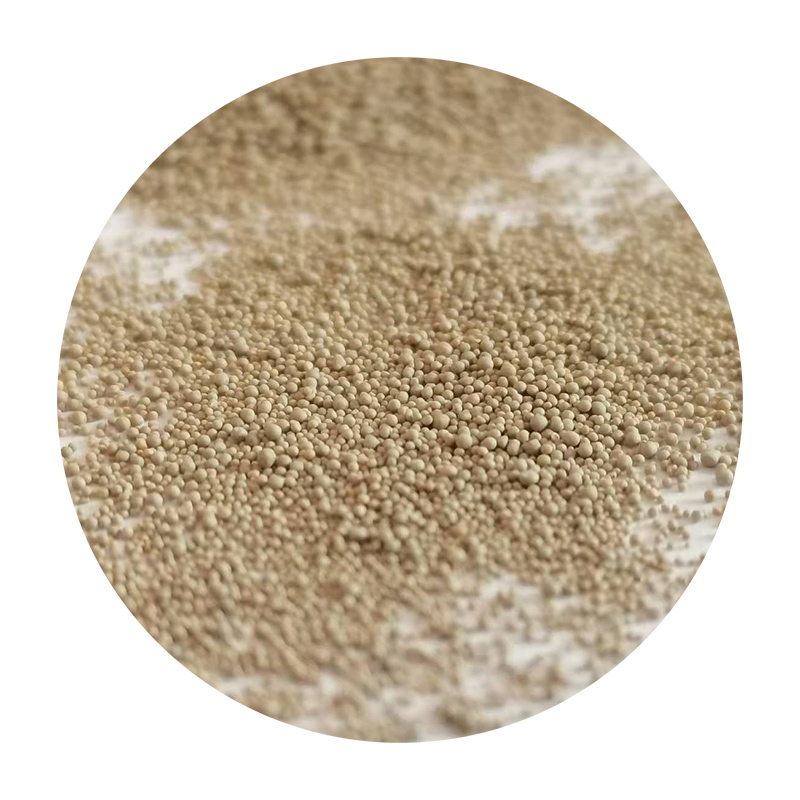

Delving into specific use cases, the aerospace industry benefits from resin bonded sand casting for its capability to produce lightweight yet robust components. This balances the need for fuel efficiency and structural integrity. Meanwhile, in the art world, sculptors leverage this method to recreate intricate designs with exactitude that alternative methods might struggle to achieve. A closer examination of post-casting processes also underscores the method’s appeal. The ease of mold removal, due to the non-permanent bond of the resin, simplifies the cleaning process, conserving time and resources. This also reduces wear and tear on tooling, extending operational timelines without significant maintenance costs. Moreover, environmentally, resin bonded sand casting aligns with sustainable practices. Recent advancements have led to more eco-friendly resin formulations and the recycling of sand, minimizing landfill waste. Companies embracing these practices can enhance their reputation as environmentally conscious, appealing to a market increasingly focused on sustainability. The journey through resin bonded sand casting reveals a technique imbued with rich expertise, industry affirmation, and trust. Whether for intricate aerospace components or detailed automotive parts, its utilization transforms manufacture and artistry alike, meeting the high benchmarks of today’s competitive production environments. For firms seeking to elevate their manufacturing capabilities, investing in this casting method offers not just an effective solution, but a promising pathway to innovation and excellence. Post time:თებ . 18, 2025 02:31
Next:Ceramic foundry sand for green sand process
